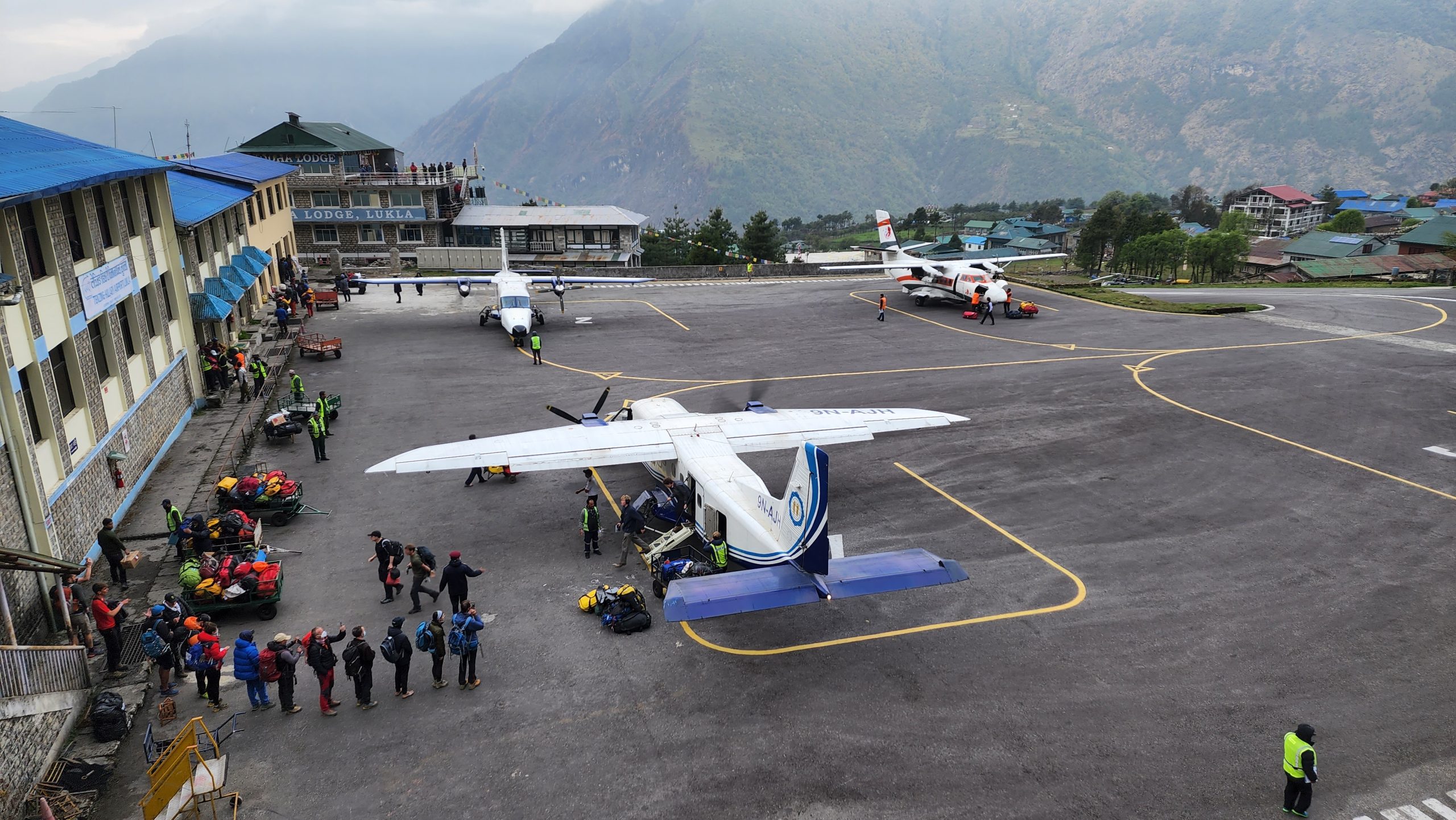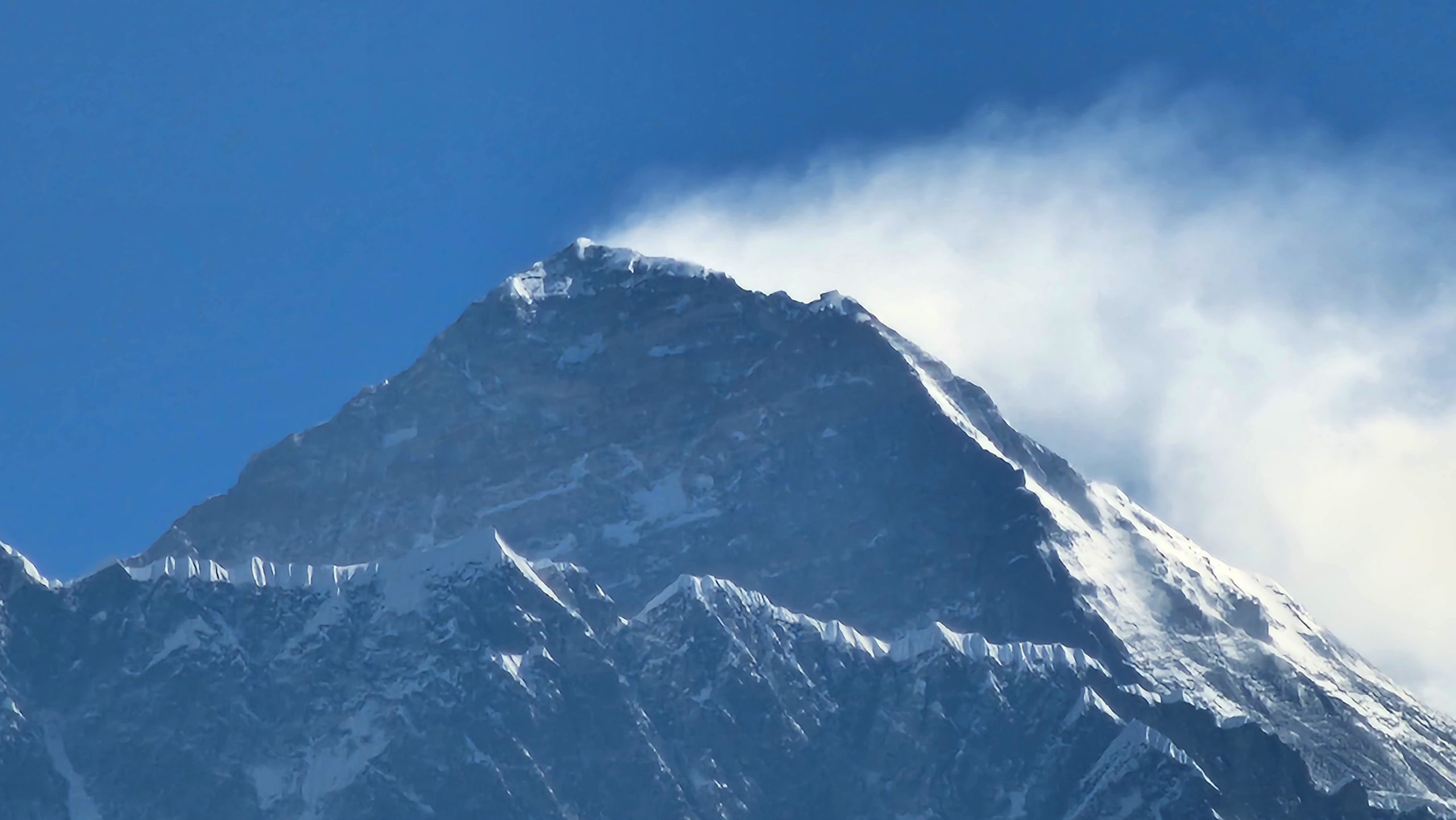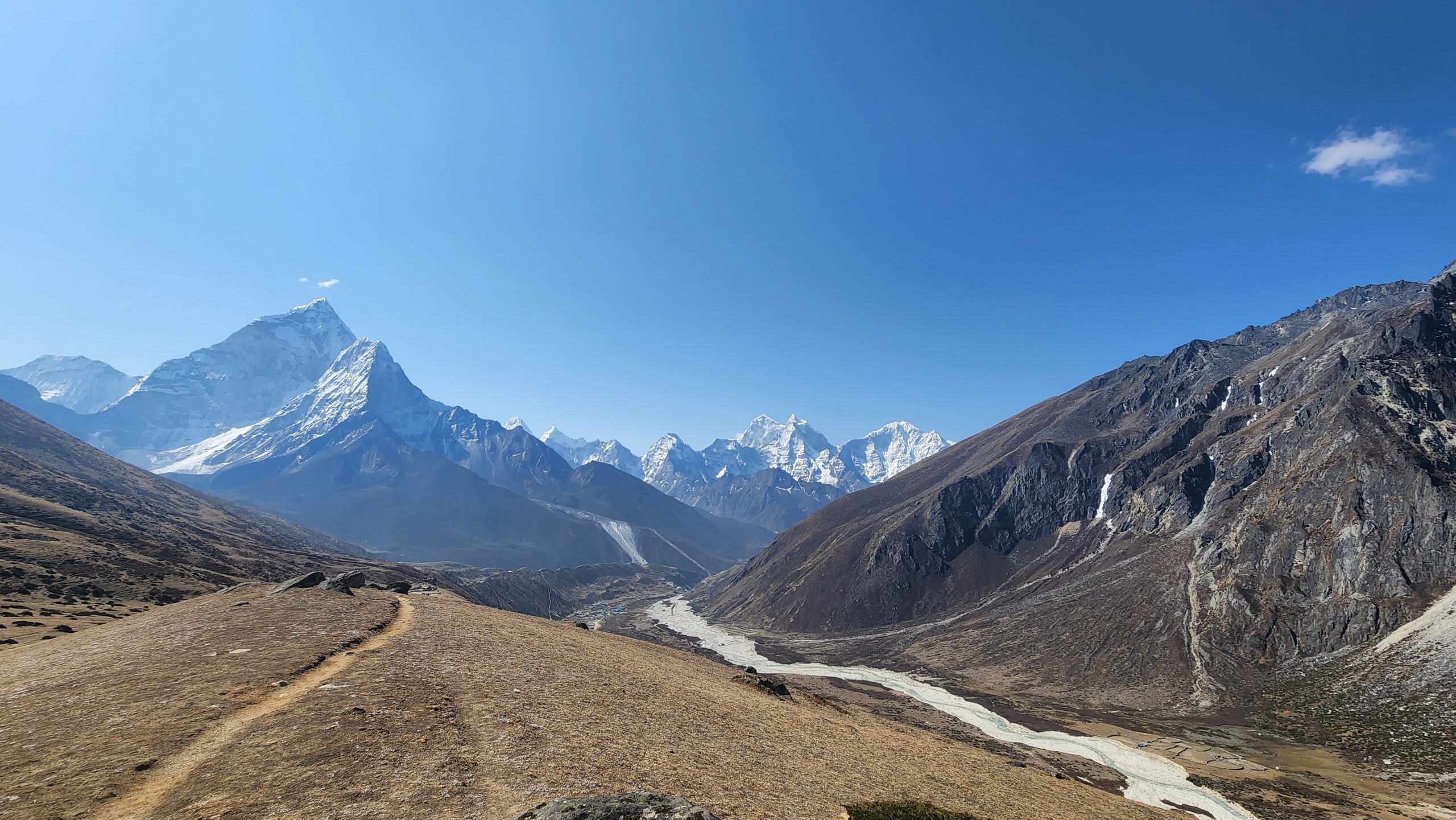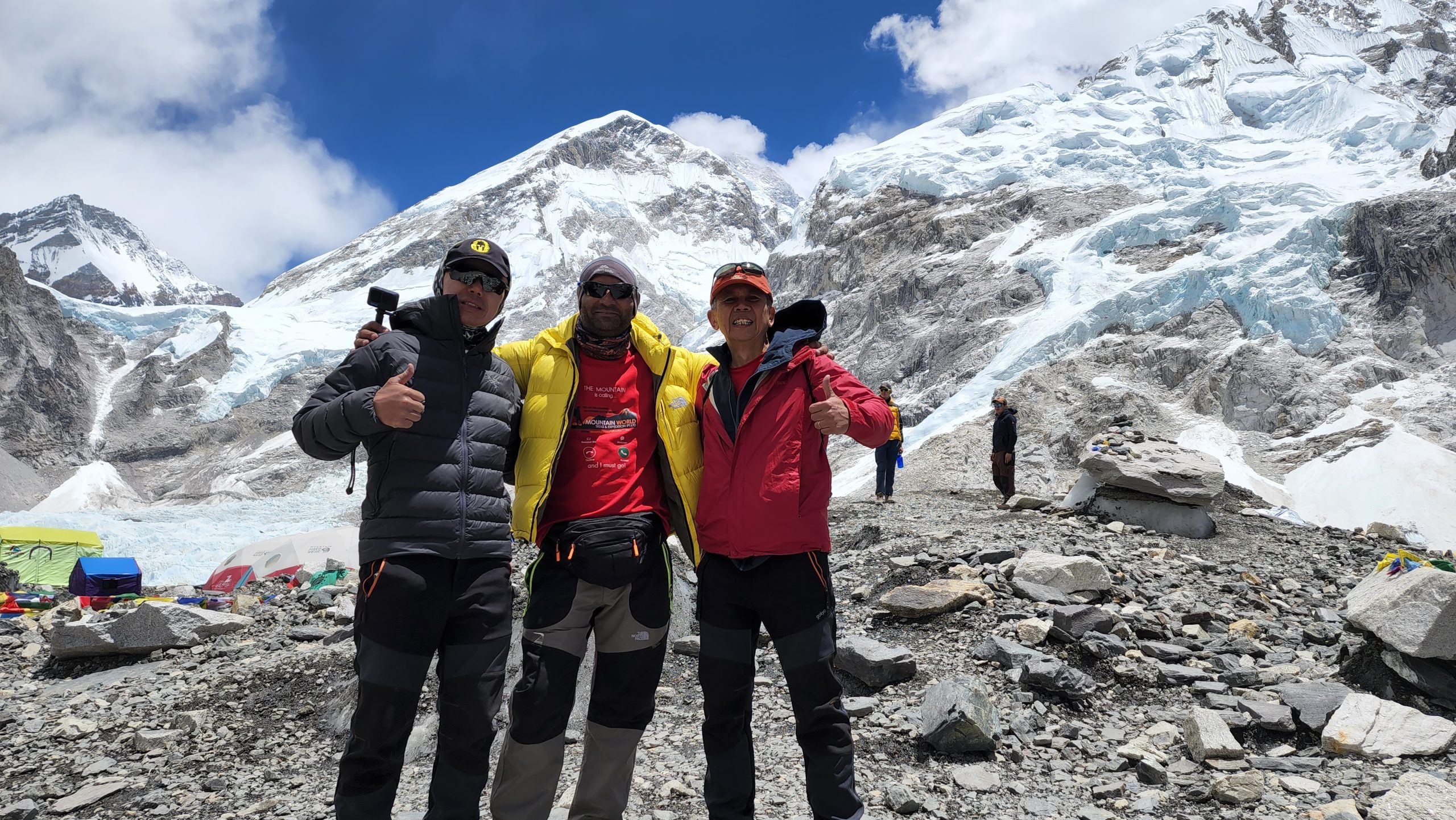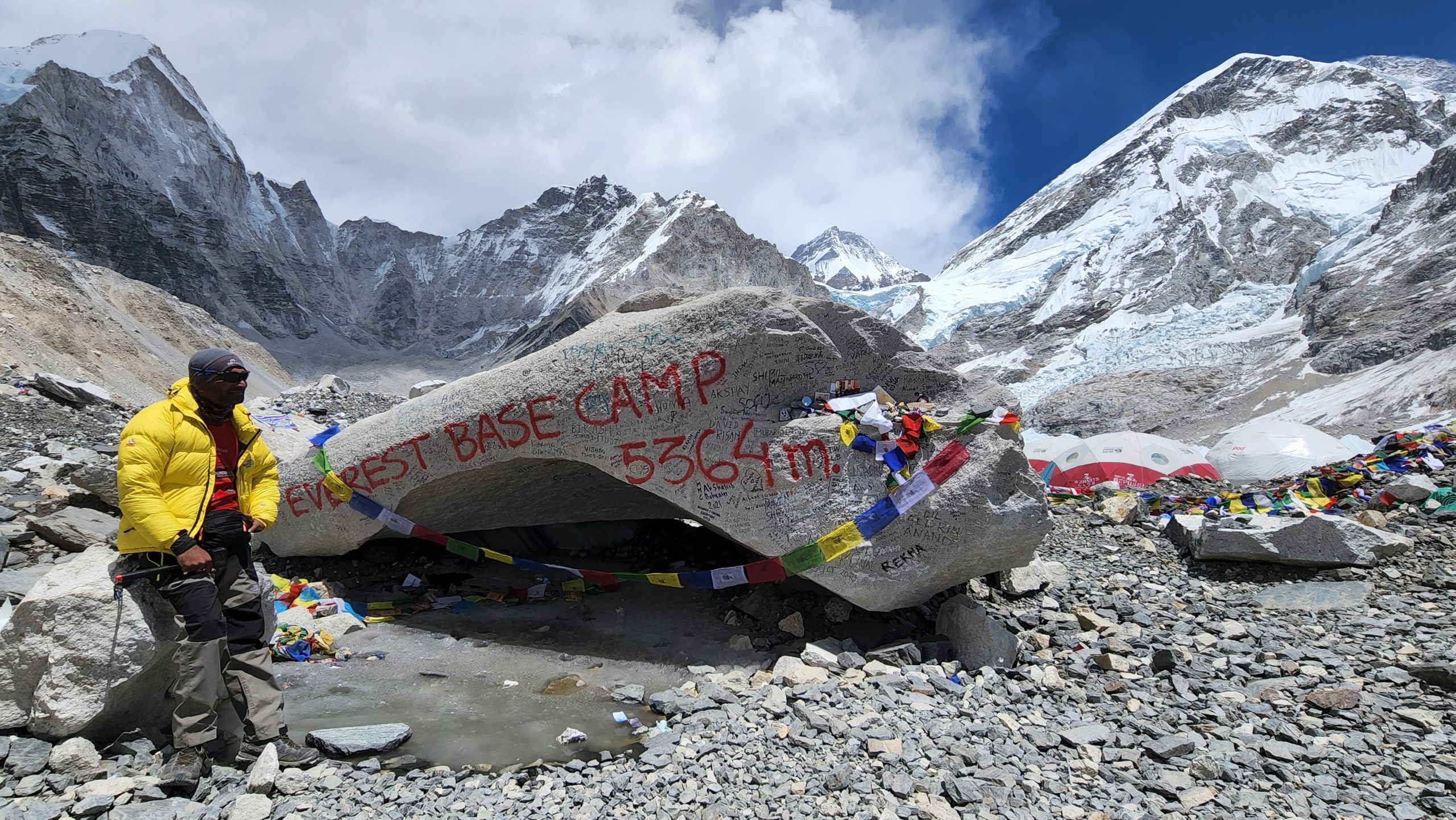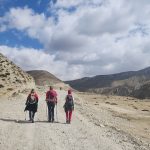
Magical Manang: A Piece of Heaven
January 31, 2025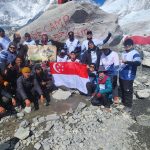
Hidden Lake Trek: Unveiling Nature’s Hidden Gem
February 5, 2025
Magical Manang: A Piece of Heaven
January 31, 2025
Hidden Lake Trek: Unveiling Nature’s Hidden Gem
February 5, 2025The Everest Base Camp (EBC) trek is a dream adventure for many, promising breathtaking landscapes, cultural immersion, and the thrill of standing at the foot of the world's highest mountain. But let’s be honest—this journey is no walk in the park. It’s a test of endurance, patience, and resilience. From battling altitude sickness to navigating unpredictable weather, this trek presents challenges that can make or break your experience.
However, with the right preparation and mindset, you can overcome these difficulties and make it to the base of Mount Everest (8,848.86m). In this guide, we’ll walk you through the biggest hurdles of the EBC trek and show you how to tackle them like a pro.
1. Altitude Sickness – The Invisible Enemy
Altitude sickness, or Acute Mountain Sickness (AMS), is the biggest concern for trekkers on this route. As you climb higher, the air gets thinner, making it harder for your body to function properly. This can lead to discomfort or, in severe cases, life-threatening conditions.
Symptoms of AMS:
- Persistent headache
- Dizziness or lightheadedness
- Nausea and vomiting
- Loss of appetite
- Shortness of breath
- Trouble sleeping
How to Prevent Altitude Sickness:
- Take it Slow: Rushing is your worst enemy. Follow the "Climb High, Sleep Lows" principle.
- Acclimatize Properly: To adjust your body, spend extra nights in Namche Bazaar (3,440m) and Dingboche (4,410m).
- Stay Hydrated: Drink at least 3-4 liters of water daily.
- Consider Medication: Diamox (Acetazolamide) can help, but always consult your doctor before taking it.
- Listen to Your Body: If symptoms worsen and appear on you, descend immediately—nothing is worth risking your health.
2. The Long and Grueling Trekking Hours
The Everest Base Camp trek spans about 130 km (round trip), with trekkers walking 5-8 hours daily. The trail isn’t just long—it’s tough. Steep ascents, rocky paths, and high-altitude climbs make this trek physically demanding.
Major Trekking Sections:
- Lukla to Namche Bazaar: A steep, challenging climb, especially the final push before Namche.
- Namche to Tengboche: Stunning views, but long and exhausting.
- Dingboche to Lobuche: High-altitude trekking with reduced oxygen.
- Lobuche to Everest Base Camp: The final stretch through rocky glacial moraines.
How to Overcome Trekking Fatigue:
- Train Before You Go: Hike regularly, build endurance, and strengthen your legs.
- Use Trekking Poles: They reduce stress on your knees, especially during descents.
- Wear Proper Footwear: Waterproof, broken-in trekking boots are a must.
- Pace Yourself: Walk steadily and take regular breaks.
3. Battling the Unpredictable Weather
What’s the Weather Like?
- Spring (March-May): Best season—clear skies and moderate temperatures.
- Autumn (Sept-Nov): Another great season with stable weather.
- Winter (Dec-Feb): Brutally cold; trails can be icy and risky.
- Monsoon (June-Aug): Rainy, muddy, and leech-infested trails.
Weather Challenges:
- Temperature Swings: Mornings can be freezing, while afternoons warm up significantly.
- Sudden Snowfall or Rain: This can make trails slippery and dangerous.
- Strong Winds: Especially in the late afternoon at higher altitudes.
How to Prepare for Harsh Weather:
- Dress in Layers: Use a base, mid, and outer layer system.
- Waterproof Everything: Rain gear and a backpack cover are essential.
- Start Trekking Early: Avoid afternoon weather shifts.
- Carry Thermal Wear: Frostbite is real at higher altitudes.
4. Basic Accommodation and Food Challenges
What to Expect:
- Teahouses: Cozy but basic lodges with shared rooms.
- Limited Facilities: Bathrooms are often shared, and showers may be expensive.
- Food Choices: Expect Dal Bhat (rice and lentils), noodles, soups, and porridge.
Common Problems:
- Higher up, food variety diminishes.
- Meat isn’t always fresh due to lack of refrigeration.
- Everything gets pricier as you ascend.
Solutions:
- Bring Snacks: Energy bars, nuts, and dry fruits are lifesavers.
- Eat Simple Meals: Stick to carbs for sustained energy.
- Drink Boiled or Purified Water: Avoid tap water at all costs.
5. Physical and Mental Exhaustion
This trek isn't just a test of strength; it's a battle of willpower. Walking continuously for 12-14 days at high altitudes is mentally draining.
How to Keep Going:
- Train Well: Prepare with long hikes and endurance exercises.
- Take Rest Seriously: Prioritize good sleep whenever possible.
- Stay Positive: A good mindset makes a huge difference.
6. Lukla Flight Delays – A Waiting Game
Lukla’s tiny airport is notorious for frequent flight delays due to bad weather.
How to Handle Flight Issues:
- Plan Extra Days: Keep buffer days at the end of your trek.
- Book Early Morning Flights: They have higher success rates.
- Consider Helicopter Options: Expensive but more reliable.
7. Cost and Budgeting Challenges
The Everest Base Camp trek isn't cheap. From permits to food and accommodation, expenses add up quickly.
Estimated Costs:
- Trekking Permits: $50-$70
- Accommodation & Food: $30-$50 per day
- Guide & Porter Fees: $25-$40 per day
- Lukla Flight: $180-$200 (one way)
Budget Tips:
- Travel in Groups: Costs can be shared.
- Book in Advance: Get better deals on flights and lodges.
- Carry Cash: ATMs are nonexistent in the mountains.
Conclusion – Is It Worth the Struggle?
The Everest Base Camp trek is not just a journey—it’s a life-changing experience. It pushes you beyond your limits, teaches patience, and rewards you with some of the most awe-inspiring views on the planet. Yes, the altitude is tough, the trek is long, and the weather is unpredictable. But every challenge you overcome makes that final step at 5,364m feel like the greatest victory of your life.
Along the way, you'll witness breathtaking landscapes, experience the incredible Sherpa Culture, and form lasting memories. The trek reminds us that true adventure lies outside our comfort zones.
So, if you plan to take on this challenge, prepare well, respect the mountains, and embrace the experience. It won’t be easy but trust me—it’ll be worth every step.
